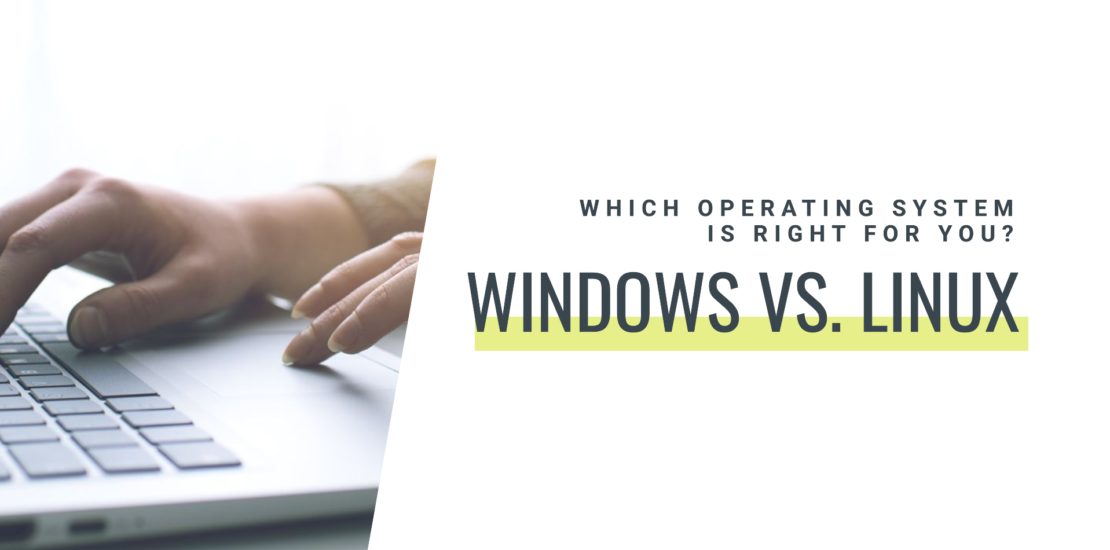Windows vs. Linux: Unraveling the Battle of Operating Systems.
- June 12, 2024
- Posted by: Admin
- Category: Uncategorized

When it comes to operating systems, the debate between Windows and Linux has been ongoing for decades. Each camp has fervent supporters, and the choice between the two often sparks passionate discussions. Let’s dive into the heart of this rivalry and explore the key differences between these titans of the OS world.
1. Philosophy and Licensing
- Linux:
Open Source: Linux is the poster child for open-source software. Its development relies on collaboration, sharing, and community-driven contributions.
Variety: There are numerous Linux distributions (distros), each catering to different needs. Examples include Ubuntu, Fedora, and CentOS.
Freedom: Users can modify, distribute, and even create their own distros without any licensing fees.
- Windows:
Proprietary: Windows is a proprietary OS developed and marketed by Microsoft.
Closed Source: The source code remains hidden, and users pay for licenses.
Uniformity: Windows provides a consistent experience across devices, making it familiar to millions of users worldwide.
2. User Interface and Ease of Use
- Linux:
Customizable: Linux desktop environments (DEs) allow users to tailor their UI. Popular DEs include GNOME, KDE, and XFCE.
Learning Curve: Some distros require a learning curve, especially for beginners.
Command Line: Linux enthusiasts embrace the command line for its power and flexibility.
- Windows:
User-Friendly: Windows prioritizes ease of use. The graphical interface is intuitive, making it accessible to a wide audience.
Consistency: Regardless of the version (Windows 7, 10, or 11), users find a familiar interface.
GUI Dominance: Command-line usage is less common for everyday tasks.
3. Software and Applications
- Linux:
Package Managers: Linux relies on package managers (apt, yum, pacman) for software installation.
Open Source Software: A plethora of free and open-source applications are available.
Compatibility: Some Windows-specific software may not run natively on Linux.
- Windows:
Software Ecosystem: Windows boasts an extensive software library, including proprietary applications.
Compatibility: Most commercial software is designed for Windows.
Wine and Virtualization: Tools like Wine allow running Windows apps on Linux, but it’s not seamless.
4. Security and Stability
- Linux:
Security: Linux is renowned for its robust security. Fewer vulnerabilities and a smaller attack surface.
Stability: Servers and critical systems often run Linux due to its stability.
Community Vigilance: Rapid response to security threats via community collaboration.
- Windows:
Security Patches: Frequent security updates are essential for Windows.
Targeted Attacks: Windows faces more attacks due to its popularity.
Enterprise Reliability: Windows Server editions offer stability for business environments.
5. Cost
- Linux:
Free: Most Linux distros are free, including updates.
Total Cost of Ownership: Lower TCO due to no licensing fees.
- Windows:
License Fees: Windows requires purchasing licenses.
Additional Costs: Proprietary software and support services add to the TCO.
Conclusion
The battle between Windows and Linux isn’t about declaring a winner—it’s about choosing the right tool for the job. Windows excels in user-friendliness and software availability, while Linux shines in customization, security, and cost-effectiveness. Whether you’re a developer, sysadmin, or casual user, understanding these differences will guide your OS journey.
Remember: The best OS is the one that aligns with your needs and preferences. 🌟🖥️
